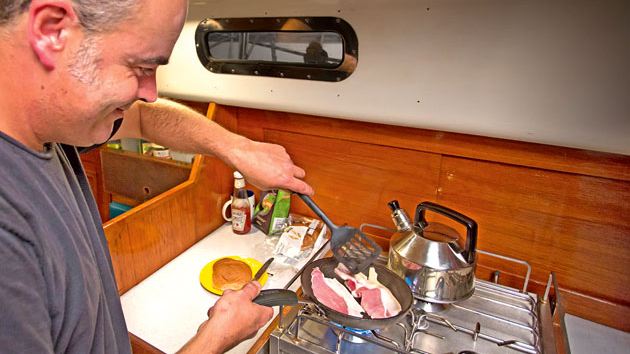While perceptions of the Oyster may have changed from common food to luxury, the boats that dredge for them have always been a wonder, says Dick Durham
Samuel Pepys mentions oysters in his diaries 68 times, but that was when they were as common as winkles along the banks of the Thames and when they were a source of cheap protein for the masses. That was also before the discharge of London’s effluent killed off the spat.
With the disgraceful state of our privately owned water supplies – notably Thames Water and its discharge of raw sewage making headlines on a regular basis – it is surprising any of the knobbly bivalves are left.
But on any day along the shorelines of the Thames Estuary you can spot hand-pickers collecting oysters, breaking them open and squeezing their innards into plastic bottles for the manufacture of oyster sauce.
Personally, I would only swallow an oyster from a reputable fishing company who know and understand the spawning season, the intricate methods of cleaning and preparation for the plate.
Many wonder what all the fuss is about and whether the love of the oyster is really a love of a vehicle for the ingestion of finely diced and vinegarised red onion, a squeeze of fresh lemon juice or Tabasco sauce – or, as in my case, all three.
The best oysters in my view are the wide and flat Colchester and Whitstable natives or the hull-shaped version which is served on dripping trays of ice in Breton restaurants. Yet I know a yachtsman who would gather them up from the muddy shoreline of the River Roach in Essex and fry them with bacon, thereby killing off any dodgy bacteria in sizzling hot vegetable oil.
Is it only an Englishman who could prepare something as delicate as an oyster by frying it to death? But then, equally as Philistine, in my opinion, is to bake them in a pie, recipes for which exist not just in British cookery books, I’m sure.
Article continues below…
‘Why a healthy dose of fatalism is good for you’ – Dick Durham
Nancy, my mother, drummed into me a set of lower middle-class rules, the origins and the validity of which remain,…
‘The best thing about a concrete boat? The worst ones are at the bottom of the sea’
Circumnavigator, Rob Hart, poked the glowing embers of his coal stove, set a cup of tea in front of me…
All of which brings me to a call for help I received from a group of enthusiasts determined to save Gamecock, the last Whitstable yawl, a beautifully shaped gaffer and the last of her kind to drag an iron oyster ‘drudge’ slowly across the tide to collect oysters in the netting attached.
It is almost certain that a predecessor of Gamecock would have snared the oysters for Pepys’ supper because there have been oyster grounds along the North Kent coast from Reculver to Whitstable since before Roman times. And in Pepys’ day there were hundreds of fishermen from Whitstable working those beds.
Often the smacks from Essex would come across to dredge the grounds as well, causing anger and affray at times between the rivals from each side of the estuary. The first record of such competition dates back to 1598.
The puzzle is that the Whitstable ‘yawl’ is in fact a cutter. The name originates from another older type of fishing craft that carried a mizzen on which was set a lugsail.
The 42ft Gamecock was built in 1906 and is now registered as a National Historic Ship. The current team of volunteers working on her is led by a master shipwright trained by Alan Staley of Faversham, himself an apprentice of Anderson, Rigden & Perkins, famous for building some of the best Morgan Giles-designed Essex One Design 18ft dayboats in the estuary, one of which, Polonaise, was my first open cruising boat.
It is encouraging to note that this charity, Whitstable Maritime – which aims to employ its own shipwright – to retain the skills in Whitstable, is planning to have Gamecock not just sailing again but also working the oyster beds in the Swale.
I know this will be music to the ears of my old friend, yachtsman Dick Norris, who for many years owned the oyster yawl Stormy Petrel, and who was horrified when an offer was made to buy her in order to install her on a roundabout outside Whitstable!
If YM readers wants to help raise funds for the restoration they can do a lot worse than purchase a print of the vessel from suekingart.com.
Enjoyed reading this?
A subscription to Yachting Monthly magazine costs around 40% less than the cover price, so you can save money compared to buying single issues.
Print and digital editions are available through Magazines Direct – where you can also find the latest deals.
YM is packed with information to help you get the most from your time on the water.
-
-
- Take your seamanship to the next level with tips, advice and skills from our experts
- Impartial in-depth reviews of the latest yachts and equipment
- Cruising guides to help you reach those dream destinations
-
Follow us on Facebook, Twitter and Instagram.






